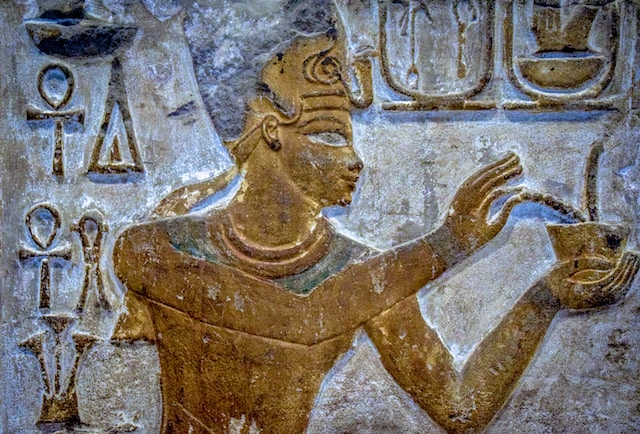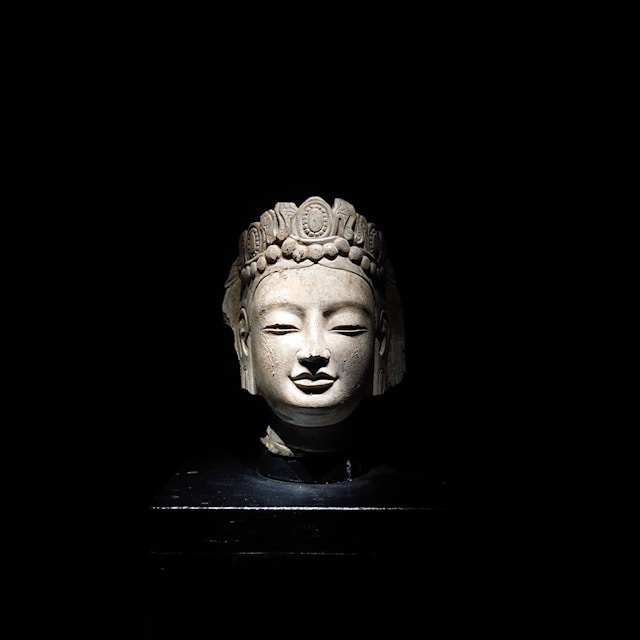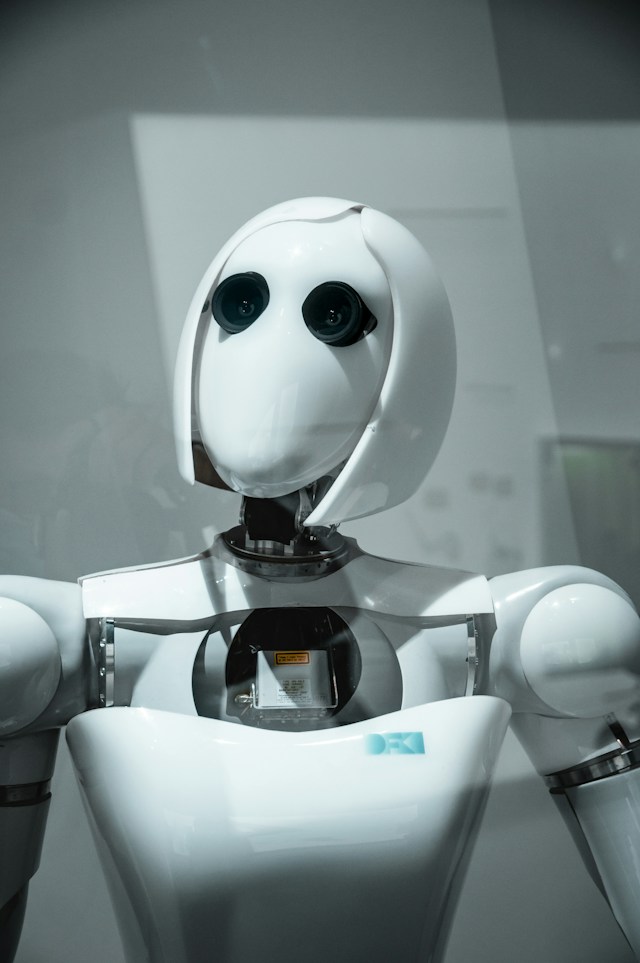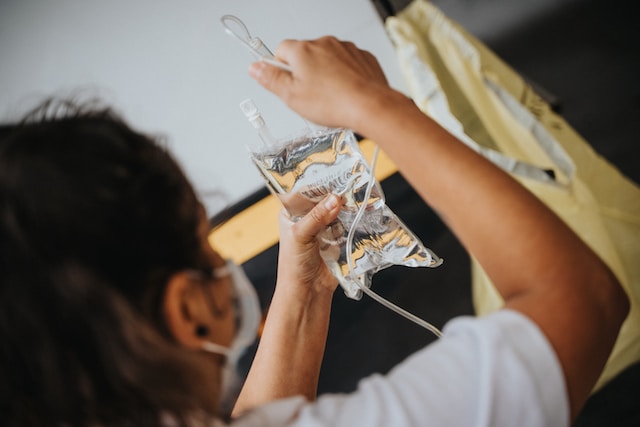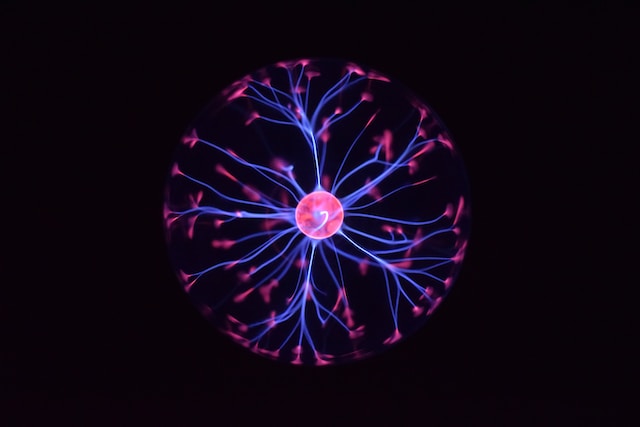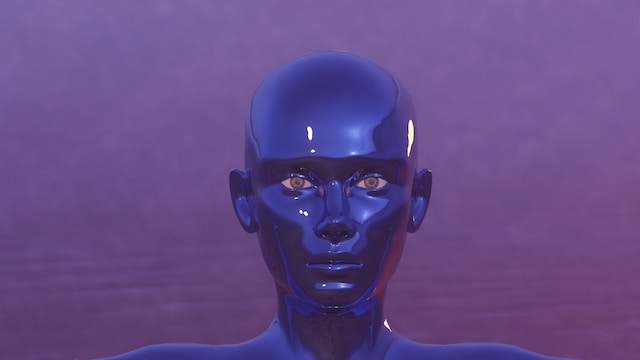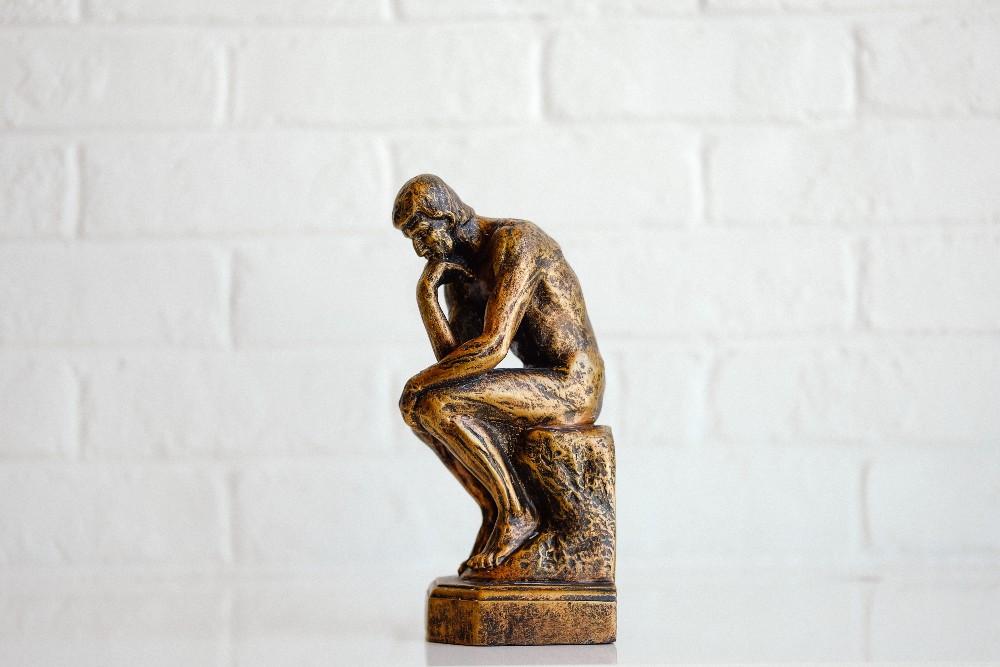The fascination surrounding Egyptian mummies is universal, as can be seen in movies such as Night at the Museum. More recently, they are making inroads into TV shows as well, with the likes of Marvel’s Moonknight exploring a different, more mythological aspect of Egyptian lore. From the outset, the process and the reasoning behind mummification appears to present a parallel to the modern-day practice of cryopreservation, a closer look into the two however makes the differences apparent. Scroll down and take a look at how the two contrast.
Setting the context: what is mummification?
Mummification is the process through which ancient Egyptians preserved the dead, being motivated by their beliefs about life after death. The term “mummification” itself was born out of a misconception. When the Arabs found the mummies, they thought the black coating on them was “mummiya” which translates as bitumen – a naturally occurring organic byproduct of petroleum. Mummification was originally natural and accidental due to forces of nature but is believed to have become a manmade practice around 2600 B.C. Over the course of 2,000 years, the practice developed, and so did the quality. This came to an end with the arrival of Christianty around the 4th-7th Century A.D. However, the practice that spanned over thousands of years was perfected to such an extent that archaeologists continue to unearth and conduct autopsies on them even today, revealing interesting details about the person from centuries before.
Cryonics, on the other hand, is relatively recent, with the first preservation being carried out in 1967. It is concerned with extending or prolonging life here on earth, albeit at some point in the future.
The process
Much of the documentation about how mummification was carried out can be found in the Greek historian Herodotus’ account from around 450 B.C. The Egyptians understood the threat posed to a dead body through decay caused by stoppage in cell regeneration, but their solution to this was much different compared to what cryonicists practice today.
Mummification was carried out by embalmers who were trained performers of the process. They began by extracting the brain with the help of specially-designed hooks which were inserted through the nostrils. Care was taken, however, to not disfigure the person’s face, which according to them would be integral in their afterlife. The remnants of brain tissues were dissolved using drugs. The internal organs, particularly the lungs, liver, stomach and intestines were then removed from the body through an incision made on the left side of the abdomen. The heart was left intact as the Egyptians believed it to be the seat of intelligence, very much necessary to make the journey to the afterlife.
The body cavity was washed out and filled with aromatic substances like crushed myrrh and cassia, and packed with dry natron, sawdust, Nile mud and lichen to give it some structure. The embalmers then stitched the cavity up before placing the body in natron – a mixture of sodium carbonate decahydrate and sodium bicarbonate (commonly known as salt and baking soda) – to absorb all the moisture, preventing decomposition. The body was left in natron for around 70 days, after which it was given a resin bath and wrapped in multiple layers of linen, giving it the well-known “mummy look”. A mask resembling the face of the deceased was placed over the embalmed mummy. The quality of these masks varied from ones made of cartonnage to ones made of silver and gold, depending on what the family could afford. This can be evidenced by the gold-laden mummy of the Egyptian pharaoh, Tutankhamun.
The embalmed body was then placed into a wooden coffin, or a stone sarcophagus, which was shaped to resemble the preserved body. Internal organs which were taken out of the body were washed with palm wine and spices before being stored in different canopic jars.
Cryopreservation, in stark contrast, divorces itself from the grandeur of the pharaohs. There is no removal of internal organs from the deanimated body (“patient”), nor is it wrapped in linen. The preliminary cryonics procedure of artificially restoring circulation while also carrying the blood washout is aimed primarily at preserving the structure and functionality of the tissues, and preventing them from freezing. After carefully transporting the patient to the cryonics facility, a vitrification agent is used to replace the blood in the body which suspends molecular movement, while not freezing them.
Cryonicists give more importance to the preservation of the patient’s brain as against the ancient Egyptians’ focus on the heart in mummification. This has also popularized neuropreservation, i.e. preservation of just the brain, which is then proposed to be reintegrated into an artificially created body.
Moreover, the patient is stored in specially built dewars, at -196 degrees celsius in liquid nitrogen, and is maintained at this temperature with the liquid nitrogen being refilled at scheduled intervals. Cryopreservation therefore is a much more sophisticated and modern process, complete with various agreements and preservation plans, aiming at making it more affordable. Mummification, although undoubtedly a precise affair, had different objectives, and only the rich, such as the pharaohs, could afford the best of this practice.
The “why” of mummification
It is now clear the process of mummifying the dead was very elaborate and complex, so why did the ancient Egyptians do it?
The ancient Egyptians strongly believed in a life after death, and that if one did make it to the other side, crossing all the hurdles, they would attain immortality. As an extension of this, it was the belief that those living had a responsibility to ensure that the dead could make this journey to the afterlife. This is also based on the three spirits: ka, ba and akh. The ka, which represented a person’s double, used the body as a home, and therefore needed all the things familiar to the deceased person. This is the reason behind covering the mummy with a mask of the person. This spirit would remain in the tomb and make use of the offerings, which included beer, bread, oxen and fowl, to sustain itself. The ba was the spirit represented by a human-headed bird which would travel between this world and the eternal world, while the akh was believed to be the spirit which had successfully crossed over to the afterlife and intermixed with the gods. Much of the care and precision in mummification, and housing them inside elaborately-built tombs was to help the dead make this journey.
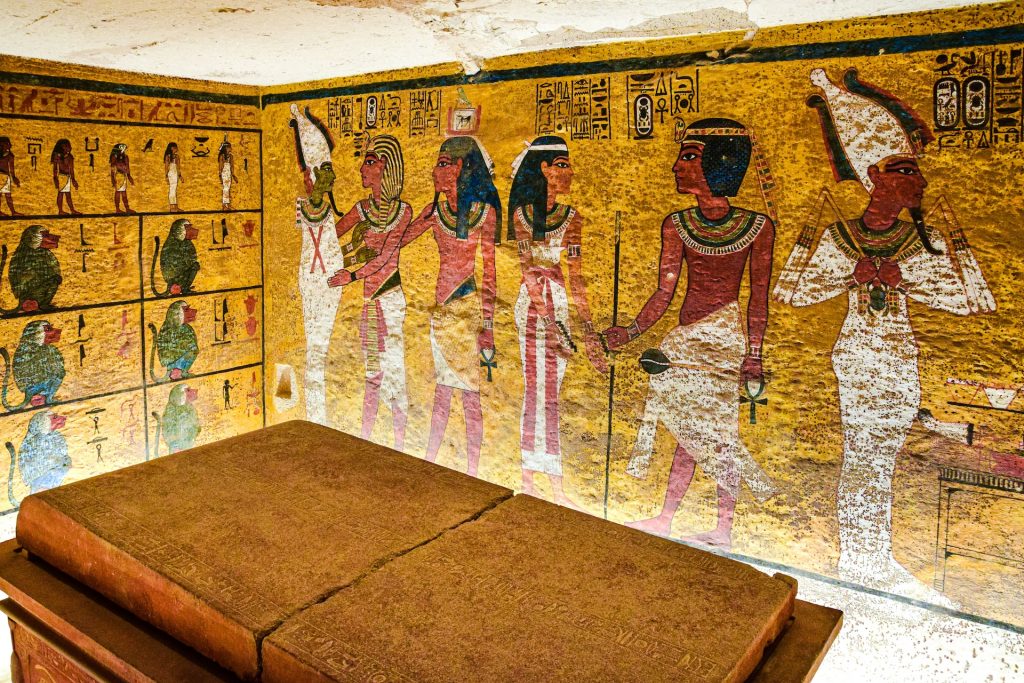
The ritual of mummification is largely believed to have been attained from the cult of Osiris, the Lord of the Dead. Mythology dictates that Osiris, after being killed by his jealous brother, was reassembled and brought back to life by his wife Isis and her sister Nephthys. The ancient Egyptians are thought to have followed the path of Osiris, who taught people agriculture and conferred equal rights to men and women during his rule.
The mythology and spirituality behind mummification is definitely rich, but the origins of cryopreservation lie elsewhere. Cryonics does not deal with life after death but rather with life extension. Rather than serving as a medium to travel into the afterlife, cryonics is considered to be a wedge between life and death, suspending patients through time. This is done in anticipation of medicine and technology that will have advanced enough to reverse terminal illnesses. Instead of rituals, cryopreservation is grounded on legally sound paperwork, and on the premise that life has more to offer. Despite its steady growth, cryonics is still viewed as unconventional.

Cryonicists as such do not share the ancient Egyptian belief of death being the endpoint on Earth, but instead view death as a process which is interrupted through cryonic suspension. They do not rely on spirits to raise the dead into the afterlife and subsequent immortality, but merely look forward to advancements in science which can cure deadly diseases of the present.
Parallel lines do not intersect
While at first glance cryonics and mummifying the dead seem to have a lot in common, diving deep into their methods and beliefs make it evident that such is not the case. Moreover, mummification is no longer viewed in the same way as it was in ancient Egypt, save for a few special cases, while cryopreservation, on the other hand, is just getting started.
